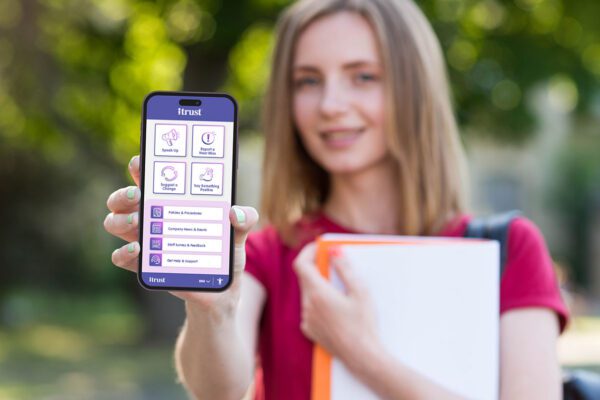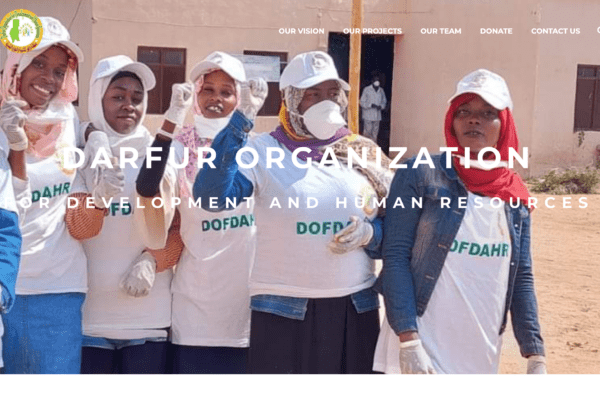Insurance intranet development
Post-merger insurer uses a global intranet to coordinate its workforce
egforit Software helped this insurer unite staff from multiple companies worldwide through our custom insurance intranet development services.

Executive brief
Consolidation for global insurance intranet
When several insurance companies merged into a new entity, the company needed to bring its disparate staff and documents together. egforit Software solved this challenge with custom insurance intranet development in SharePoint. The benefits of this global intranet were:
custom user permissions
documents and processes
better workforce cohesion
full compliance across countries
Wondering how the company achieved this with our insurance intranet development services? Read on to learn more.
The full story

The challenge
Need for post-merger unification
At the time of this project, the insurance company had engaged us to provide support for its pre-existing intranet. This service included remote maintenance and development via VPN, as well as an intranet support helpdesk.
But there was soon another challenge: the company had decided to merge with several smaller insurers under a new name. This merger meant the existing intranet no longer encapsulated all the company’s teams and processes.
Post-merger, the old intranet experienced the following issues:
- a lack of appropriate user roles and permissions for new staff
- no ability to coordinate processes across multiple countries
- a need to meet more complex compliance rules in a multinational context
- a requirement for rebranding to reflect the company’s new identity
These drawbacks convinced the insurance company that SharePoint intranet development was an urgent necessity.
The solution
Fresh insurance intranet development
Based on our proven SharePoint expertise, the insurer engaged our software engineers to build the new global intranet.
Use of best practices and out-of-the-box functionality wherever possible helped us shorten the intranet build time. This approach meant fewer development hours and greater value for the client.
Through SharePoint Active Directory integration, we created a seamless corporate news hub. Features included custom forms, workflows, and metadata-based navigation tools. We specified distinct access permissions for users based on their roles within the company.
Finally, we linked the intranet to the company’s internal and external applications, providing a single interface for all business processes.
The benefits
Supporting the company’s new identity
With the global intranet in place, the insurance company was able to manage its new workforce effectively across countries. Staff had the tools they needed to complete their business tasks quickly and efficiently. And the business was safe from the risk of data compliance breaches.
In summary, the outcomes of this insurance intranet development project were:
- bringing staff from several companies together under one banner
- coordinating multiple teams’ work across divisions and countries
- keeping all staff informed of company news and regulations
- enabling collaboration while maintaining compliance
- providing security through role-based access permissions
Following on from this success, the company has since engaged egforit to migrate its intranet to the latest SharePoint version. We also continue to provide ad-hoc intranet development and support whenever required.
Work with intranet specialists
From insurance to banking, retail to county councils, organisations of all sizes trust our intranet solutions. Find out more on our digital portals page.


